Making the decision between using a Field-Programmable Gate Array (FPGA) and a Microcontroller for your next project can be daunting. With many opinions swirling around technical forums, it’s no surprise that you might feel confused when it comes to choosing the right solution. FPGAs are integrated circuits specifically designed to allow users to configure hardware logic functions according to their needs – while microcontrollers typically come with preconfigured parts of control systems inside them as they were originally designed with mobility in mind. In this blog post, we will explore how these two technologies compare side by side and ultimately answer the question: which is better?
What Is an FPGA?
They contain a large number of logic gates and routing resources, allowing them to be configured to fit individual needs. This makes them the ideal choice for applications that require customization and flexibility such as those in aerospace, automotive, industrial automation and medical systems.
The most advantageous aspect of FPGA technology is its re-programmability. It means that you do not need to buy new hardware every time you want to change or upgrade your application’s functionality. Instead, you simply reprogram the existing hardware using software tools available from vendors like Xilinx and Altera, who are major players in the FPGA market.

FPGAs offer superior speed and low power consumption compared to microcontrollers or processors making them ideal for applications that require high performance or need to be energy-efficient. In addition, they are highly reliable and can handle complex tasks with ease. [1]
What Is a Microcontroller?
Microcontrollers are designed to read and process data from external devices such as sensors, switches, buttons, and motors. They have built-in memory and I/O capabilities that enable them to control these connected devices through digital outputs or analog inputs. This makes them ideal for use in projects such as home automation systems, robotics, medical instruments, wearable electronics, and industrial controllers.
Pros of FPGA
FPGAs are highly reconfigurable and can be reprogrammed rapidly, enabling them to easily handle tasks that require frequent updates. PGAs also offer exceptional flexibility in terms of I/O options— they can support multiple serial protocols, as well as a variety of standard bus architectures.
Additionally, FPGAs can accommodate large amounts of data quickly and accurately, making them well-suited for data processing applications such as image recognition or streaming video analysis. Furthermore, FPGAs are far more power efficient than their microcontroller counterparts since they use only the necessary logic blocks required to complete a specific task. This reduced complexity translates into lower costs and improved performance overall.
Finally, some FPGA models can achieve clock speeds that far exceed those of microcontrollers, making them ideal for demanding applications such as digital signal processing (DSP). By utilizing FPGAs, developers can design systems with shorter latency times and better real-time performance.
Cons of FPGA
One of the biggest drawbacks of using FPGAs is the steep learning curve associated with programming them. The technology also requires more hardware support than microcontrollers, such as additional wiring and other components, increasing development costs.
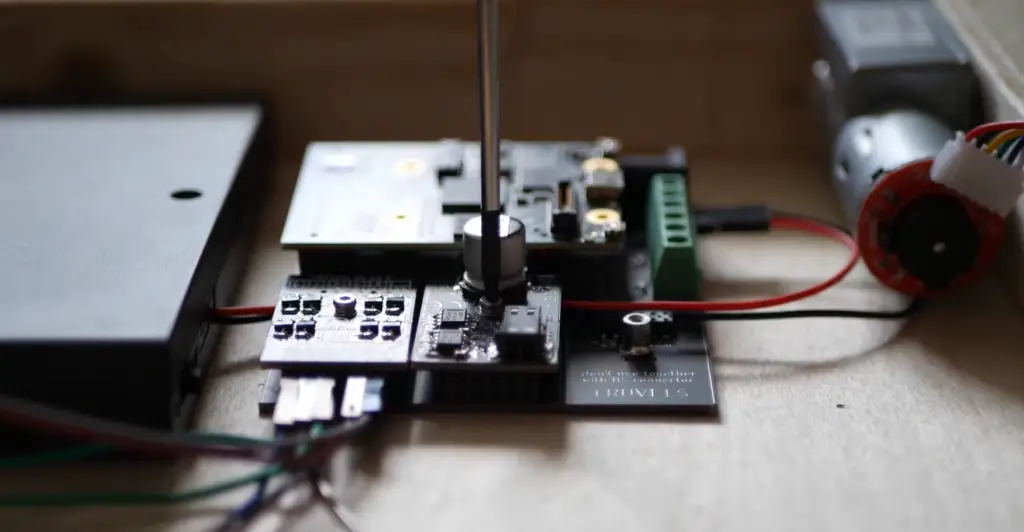
Additionally, while some FPGA models can be clocked much higher than a microcontroller, they are not typically suitable for low-power applications since their complexity increases power consumption.
Finally, FPGAs tend to cost substantially more than their microcontroller counterparts due to their specialized capabilities and increased development requirements. [2]
Pros of Microcontroller
The microcontroller is the better choice for many applications due to its inherent advantages. A few of these advantages include:
- Low cost – Microcontrollers are typically much less expensive than FPGAs and can be purchased at a fraction of the cost.
- Low power consumption – Microcontrollers also consume less power than their FPGA counterparts and are more energy efficient.
- Easier programming – Programming a microcontroller can be done with ease, as it generally involves fewer steps compared to an FPGA. This makes it ideal for beginners who may not have experience with complex hardware.
- Versatility – Microcontrollers can usually handle a wide range of tasks, making them well suited for applications that require multiple tasks to be completed.
- Better reliability – Microcontrollers have a better track record of reliability than FPGAs, making them a more reliable choice for applications that require constant operation.
Cons of Microcontroller
While microcontrollers have a number of advantages, there are also some disadvantages to consider. These include:
- Limited processing power – Microcontrollers typically lack the processing power that FPGAs offer, so they may not be suitable for applications that require significant amounts of data or complex calculations.
- Less flexibility – Compared to FPGAs, microcontrollers are less flexible and cannot easily be modified or reprogrammed. This can make them unsuitable for applications where frequent changes may be necessary.
- Poor scalability – Due to their limited processing power, microcontrollers may not scale well with increased demand or complexity. If your application needs more resources than a microcontroller can provide, then you will need to upgrade to an FPGA.
Overall, microcontrollers are a great choice for many applications due to their low cost, low power consumption and ease of programming. However, if you need more processing power or flexibility then an FPGA may be the better choice for your application. Ultimately it comes down to understanding your requirements and weighing the pros and cons of each option in order to make the best decision. [3]
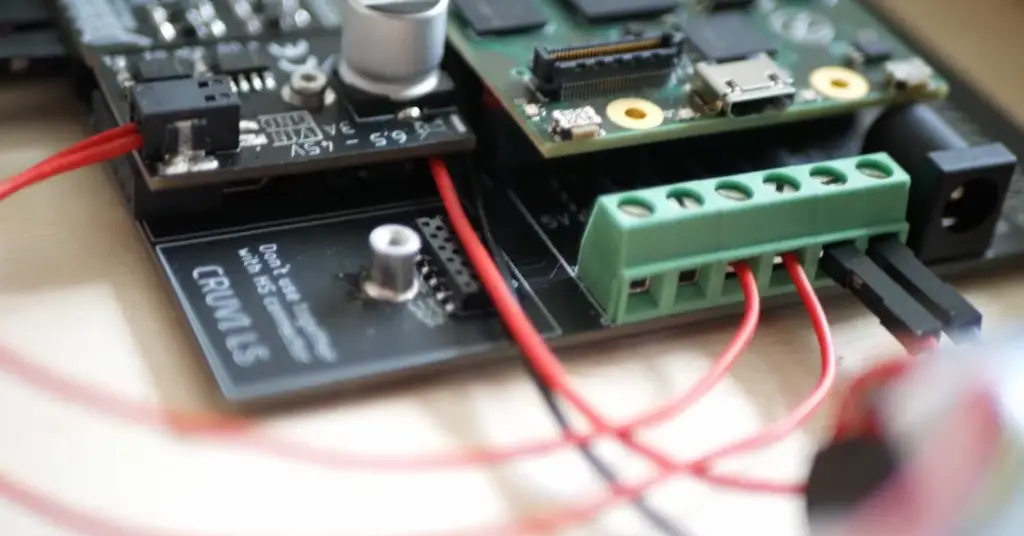
FPGA vs Microcontroller – Which Offers Superior Performance?
In order to answer this question, it is important to understand the difference between the two types of integrated circuits A microcontroller (MCU) is a type of computer system-on-a-chip that integrates a processor and various peripherals, such as RAM, ROM, I/O ports and other support circuitry. It is able to execute specific tasks with minimal power consumption, making it ideal for low cost applications requiring high speed data processing capabilities. On the other hand, an FPGA (Field Programmable Gate Array) is a reprogrammable integrated circuit offering higher flexibility than MCUs but at a much higher initial cost.
Performance wise, both MCU and FPGAs can be used to achieve similar results.
However, FPGAs tend to offer superior performance in terms of speed and power efficiency with their ability to be reprogrammed for specific tasks. MCUs cannot be reprogrammed and may require more power depending on the complexity of the task. Furthermore, FPGA-based systems have a cheaper cost per operation compared to MCUs due to their high level of reusability and low initial costs.
In conclusion, when it comes down to performance, FPGAs generally provide better performance than microcontrollers due to their flexibility and lower cost per operation. While MCUs are often used for simple applications such as controlling motors or LED lights, FPGAs are better suited for complex tasks that require high speed and power efficiency. Before making a decision, it is important to consider the budget, complexity of the task, and required features before choosing a microcontroller or FPGA.
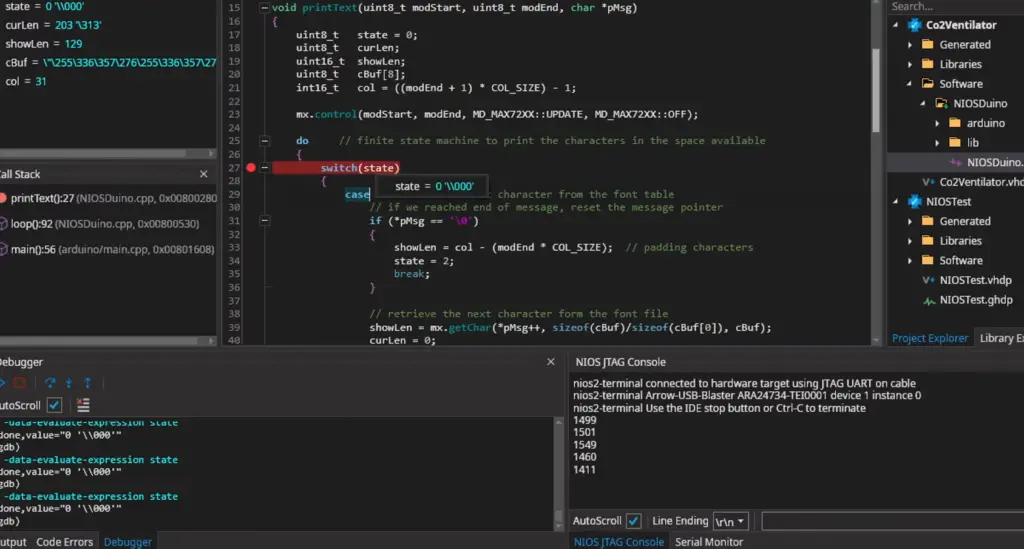
Where to Use a Microcontroller?
Microcontrollers are typically used when the project requires low-level control of devices and includes a user interface. Microcontrollers are also often used in IoT or embedded projects because they have limited onboard storage and processing power. These controllers can be programmed to do simple tasks with minimal hardware resources, making them ideal for small-scale applications.
Examples of possible uses for microcontrollers include:
- Controlling access to buildings and rooms using RFID tags
- Automating industrial machines through sensors and actuators
- Interfacing with a computer to provide human-machine interaction
- Tracking vehicular motion (such as speed and location)
- Monitoring medical equipment such as heart rate monitors
- Regulating power consumption in a home or office
- Automatically watering plants and controlling soil moisture.
Microcontrollers are very useful for providing basic logic and input/output control; however, they have some drawbacks that must be considered before selecting them as the best option.
Microcontrollers typically require more power than FPGAs and can be slow when executing complex tasks. They also produce more heat than FPGAs, which can be an issue if the system needs to operate in a compact space with limited ventilation. Additionally, microcontrollers may not always provide the most cost-effective solution since they require dedicated peripheral hardware such as sensors, RFID readers, and other I/O components.
Finally, it may take longer to debug code on a Microcontroller than it would on an FPGA. This is because microcontrollers have limited debugging capabilities compared to their FPGA counterparts, which can often be programmed and debugged directly in the hardware. [4]
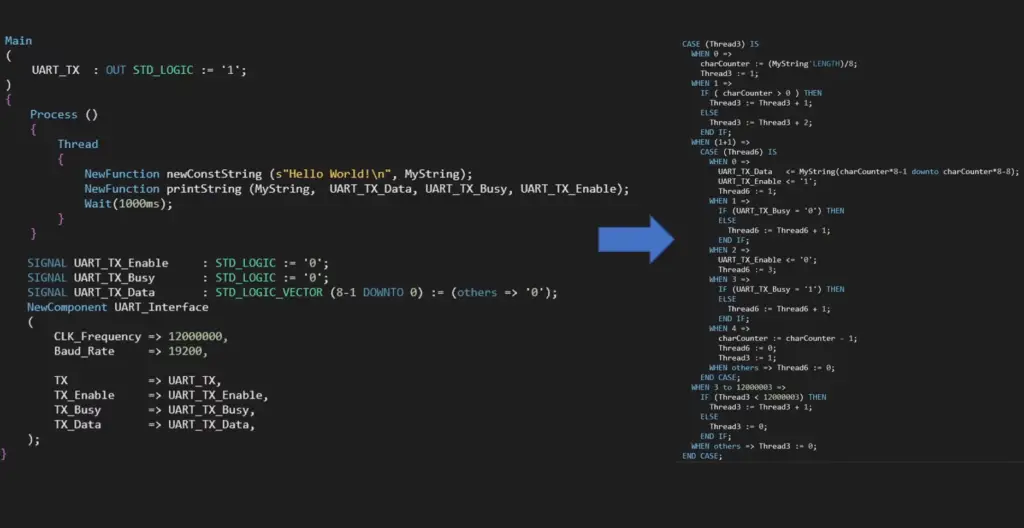
Where to Use an FPGA?
FPGAs have tremendous potential for a variety of embedded applications due to their flexibility, high speed, and low power consumption. However, FPGA devices are not suitable for all uses; there are certain instances in which using a microcontroller is the better choice.
In general, FPGAs should be used when:
- You need to create complicated digital systems with high performance computing capabilities: On board memory and powerful processors allow FPGAs to handle complex digital designs quickly and accurately. This makes them ideal for applications like signal processing and image recognition that require high-speed computing.
- You need low power and low latency: FPGAs are often more efficient than microcontrollers when it comes to power consumption and response speeds, making them ideal for mobile applications or other situations where you need to conserve energy and quickly respond to user input.
- You need reconfigurable designs: Because FPGAs can be reprogrammed after they’ve been deployed, they’re perfect for changing environments such as medical devices that may need frequently updated algorithms or sensors that must adapt to different conditions over time.
- You have the resources available: Designing a custom system using an FPGA requires significant resources — time, money, and expertise — to complete the design. FPGAs are also more expensive than microcontrollers, so make sure you’re ready for that investment before going with this option.
Ultimately, it’s important to weigh all the factors when choosing between an FPGA or a microcontroller. Both have their own strengths and weaknesses, and understanding how they might fit into your specific application can be key in selecting the right solution. [5]
How to Use a Microcontroller?
Using a microcontroller is generally much simpler than using an FPGA. Microcontrollers are usually programmed with an integrated development environment (IDE) such as Arduino or Microchip Studio, and these programs enable the user to write code for the microcontroller in languages like C/C++. This code can then be compiled, uploaded to the microcontroller’s memory, and run on power-up.
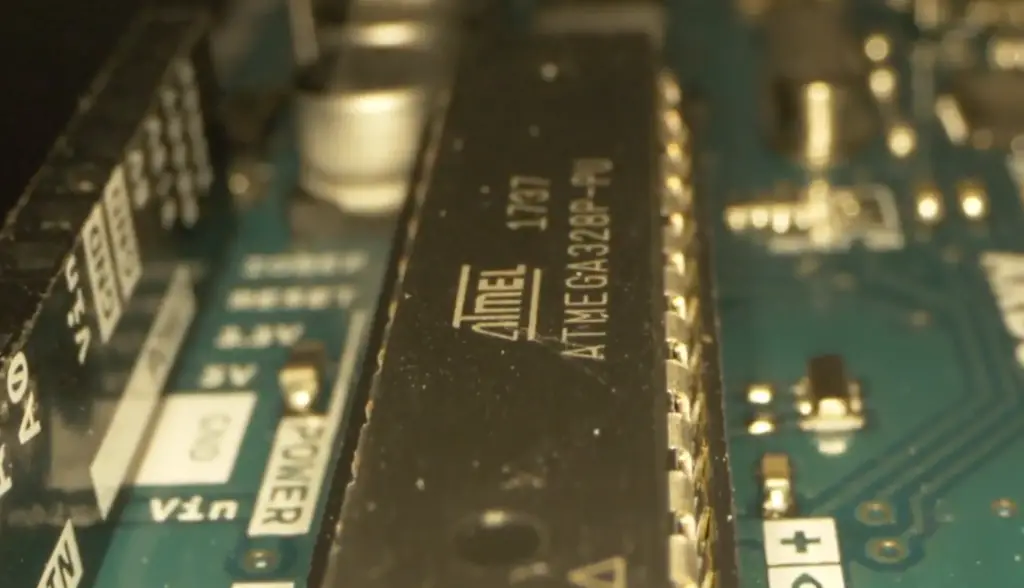
The user interface for a microcontroller is typically much more straightforward than that of an FPGA. Microcontrollers may feature I/O pins which allow them to communicate with external hardware or sensors, but they can also include other peripherals such as LCD screens, buttons, potentiometers, UARTs, and more. This makes it easier to quickly create a functional application with minimal additional hardware components.
In summary, microcontrollers offer an easier programming experience than FPGAs and can often provide adequate performance for simpler applications. They are also typically less expensive than FPGAs and have shorter development time due to their straightforward user interface. However, when dealing with complex or high-performance applications, an FPGA may be the better choice.
How to Use an FPGA?
FPGAs are extremely versatile and powerful devices, but they can be difficult to use. Fortunately, there are plenty of resources available to help you get started with FPGA development.
The first step is to choose the right FPGA for your project. There are many different types of FPGAs available on the market, so it’s important to determine which features and functions you need in order to achieve your goals. Once you have selected an appropriate device, you will need a way to program it. You typically do this by creating hardware design files using hardware description languages such as Verilog or VHDL. After creating the design files, these must be compiled into a bitstream format that can be loaded onto the FPGA.
Once your FPGA is programmed, you will need to interface it with other components in order to make use of its features. It can be done using a variety of methods, such as using a microcontroller or writing custom logic code in HDL. You may also need to write additional software programs or drivers in order to fully take advantage of the capabilities of your FPGA.
Finally, it’s important to keep in mind that while FPGAs are powerful and capable devices, they do require specialized knowledge and experience in order to get the most out of them. If you’re just starting out with FPGAs, it’s recommended that you look into taking a class or workshop on the subject, as this is often the best way to learn. Additionally, there are many active online forums and communities dedicated to FPGA development that can provide additional support and guidance. [6]
FPGA vs Microcontroller: Cost
When considering the cost of an FPGA vs Microcontroller, it’s important to factor in all components. An FPGA may require additional hardware or development boards to implement a design, while a microcontroller usually contains everything you need for basic projects. The actual cost of the device is only part of the equation: software licenses, programming tools, and development time must also be taken into account when comparing costs between these two technologies.
FPGAs tend to have higher upfront costs than microcontrollers but can often offer greater performance. Furthermore, they are capable of being reprogrammed and reused which reduces their total cost-of-ownership over time – this makes them great solutions for applications with long life cycles.
Microcontrollers, on the other hand, are usually more affordable in terms of upfront cost and can be programmed quickly with minimal overhead. They also offer a wide range of peripherals and features that make them ideal for low-power projects. However, they often lack the flexibility and performance of FPGAs when it comes to large or complex applications.
Ultimately, both technologies have their benefits and drawbacks – choosing between an FPGA vs microcontroller will depend on your specific project requirements and budget. Consider all components carefully before making a decision that’s best for your application!
How They’re Similar
Even though FPGA and microcontrollers are completely different designs, they both share some similarities. For one thing, they’re both designed to be used in embedded systems and can provide programmable functions. They also both have their own programming language, which allows the user to customize their design.
Additionally, both use memory for storing data and instructions, although FPGAs usually require external RAM while microcontrollers mostly rely on internal RAM.
Both devices can offer a range of performance benefits depending on the application. For example, FPGAs are often preferred if fast reconfigurability is needed or large amounts of complex logic must be handled quickly. On the other hand, microcontrollers may be better suited when low power consumption and small physical size are desired.
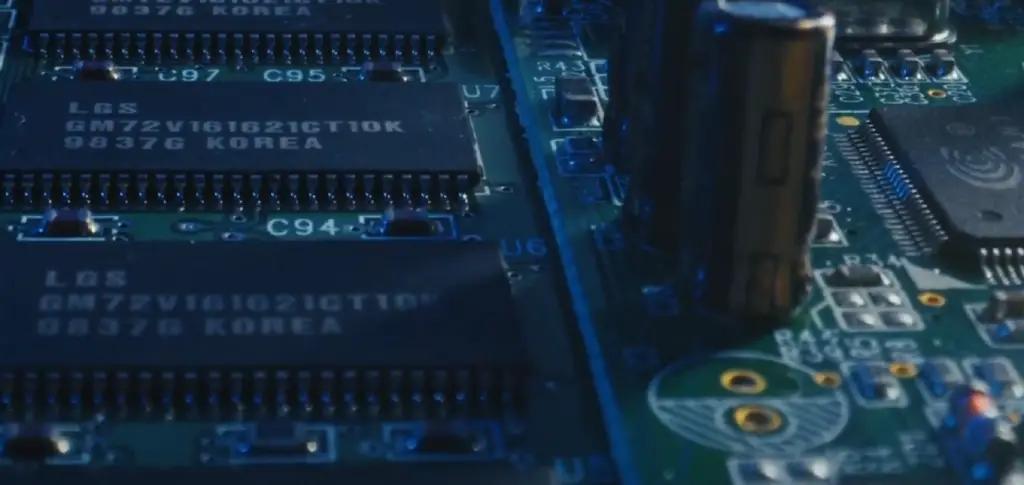
In the end, it’s important to weigh up your needs when deciding between an FPGA and a microcontroller. While both devices can offer some similar capabilities, they may not always be suitable for the same application. It’s important to understand the pros and cons of each device in order to make an informed decision about which is best for your project. [7]
Which Is Better?
The answer to this question depends on the specific application requirements. Both FPGAs and microcontrollers have strengths and weaknesses that make them better suited for different kinds of applications.
FPGAs are preferable for complex and high-end projects that require more processing power, flexibility, scalability, and performance than a microcontroller can provide. FPGAs excel in areas like signal processing, communication systems, and cryptography. They also offer superior reconfigurability compared to microcontrollers – meaning they can be reprogrammed in hardware rather than relying on software changes alone.
Microcontrollers are preferred for smaller projects that don’t require as much power or flexibility as an FPGA provides. Microcontrollers have the advantage of being more cost-effective and having a lower power consumption than FPGAs. They are also easier to program and can be used for simpler projects such as controlling motors or reading sensors.
In conclusion, it’s important to consider the specific requirements of your application when choosing between an FPGA and a microcontroller. If you need complex processing power and flexibility, then an FPGA is the better option. On the other hand, if you don’t require as much strength and complexity, then a microcontroller might be the right choice. Ultimately, understanding your needs and weighing both options carefully will help you find the best solution for your project.
Microprocessor Vs. Microcontroller
Both of these components are essential for a variety of applications, from robotics and drones to medical devices and consumer electronics products. Choosing between a microprocessor or microcontroller depends largely on the specific requirements of the application.
When it comes to choosing between a microprocessor or microcontroller, it’s important to know the difference between them. A microprocessor is typically used for more general-purpose applications, such as computing tasks, while a microcontroller is designed for dedicated tasks that require very low power consumption and fast response times. Microprocessors can process data at much higher speeds than microcontrollers, but require more power and are thus less suitable for battery-powered applications. Microcontrollers, on the other hand, are optimized for low power consumption and can provide higher performance at lower cost in comparison to microprocessors.
FAQ
Are FPGAs faster than microcontrollers?
Answer: It depends on the task. Generally, FPGAs are more suited to running operations in parallel and executing multiple tasks at the same time, while microcontrollers are better for low-level functions such as basic data processing and control.
Will FPGA replace microcontrollers?
The answer to this question is complicated. On one hand, FPGAs offer a great deal of flexibility and reconfigurability that a microcontroller simply cannot match. They are also far more powerful in terms of speed and complexity of calculations they can handle. In addition, FPGAs often cost less than the equivalent amount of computing power obtained from a microcontroller. On the other hand, FPGA programming can be difficult and time consuming relative to microcontrollers which usually come with pre-written libraries that allow for quick integration and development of applications. Additionally, due to their computational power, FPGAs require large amounts of energy compared to microcontrollers and can suffer from reliability issues if not properly cooled or maintained.
Is an FPGA better than Arduino?
It really depends on the application. For simpler tasks, a microcontroller like Arduino can provide an adequate solution. On the other hand, if more complex calculations or reconfigurability is required, an FPGA may be a better option. Additionally, FPGAs are typically more powerful than Arduinos and can thus handle more complicated computations in a shorter amount of time. In some cases, the development time associated with programming an FPGA may be prohibitively long when compared to using an Arduino which already has many pre-written libraries available for use. Ultimately it comes down to what your project requires and cost vs benefit analysis.
What is one big disadvantage of an FPGA?
One of the biggest disadvantages of an FPGA is its high power consumption. FPGAs require large amounts of energy to operate, which can lead to reliability issues if not properly cooled or maintained. Additionally, programming an FPGA can be complex and time consuming compared with a microcontroller like Arduino which comes with pre-written libraries that allow for quick integration and development of applications. Ultimately it comes down to what your project requires and cost vs benefit analysis.
Useful Video: FPGA vs. Microcontroller: How to choose the right one for your project
Conclusion
Ultimately, the decision of whether to use an FPGA or a microcontroller is largely determined by the application at hand. If the goal is to process data and execute instructions quickly, then an FPGA may be the better option; however, if low-cost, high-volume production is the goal, then a microcontroller might be the right choice. In most cases, some combination of both solutions can provide the best overall solution for any given project. Ultimately it depends on what your specific needs are and how you want to balance cost versus performance. By understanding their respective advantages and disadvantages, developers can make an informed choice when selecting between FPGAs and microcontrollers for their projects.
References
- https://www.mclpcb.com/blog/fpga-vs-microcontroller/
- https://www.ourpcb.com/fpga-vs-microcontroller.html
- https://www.totalphase.com/blog/2021/04/comparing-fpga-vs-microcontroller/
- https://www.ourpcb.com/fpga-vs-microcontroller.html
- https://www.tronicszone.com/blog/fpga-vs-microcontroller/
- https://hardwarebee.com/fpga-vs-microcontroller-what-to-choose/
- https://www.wellpcb.com/fpga-vs-microcontroller.html





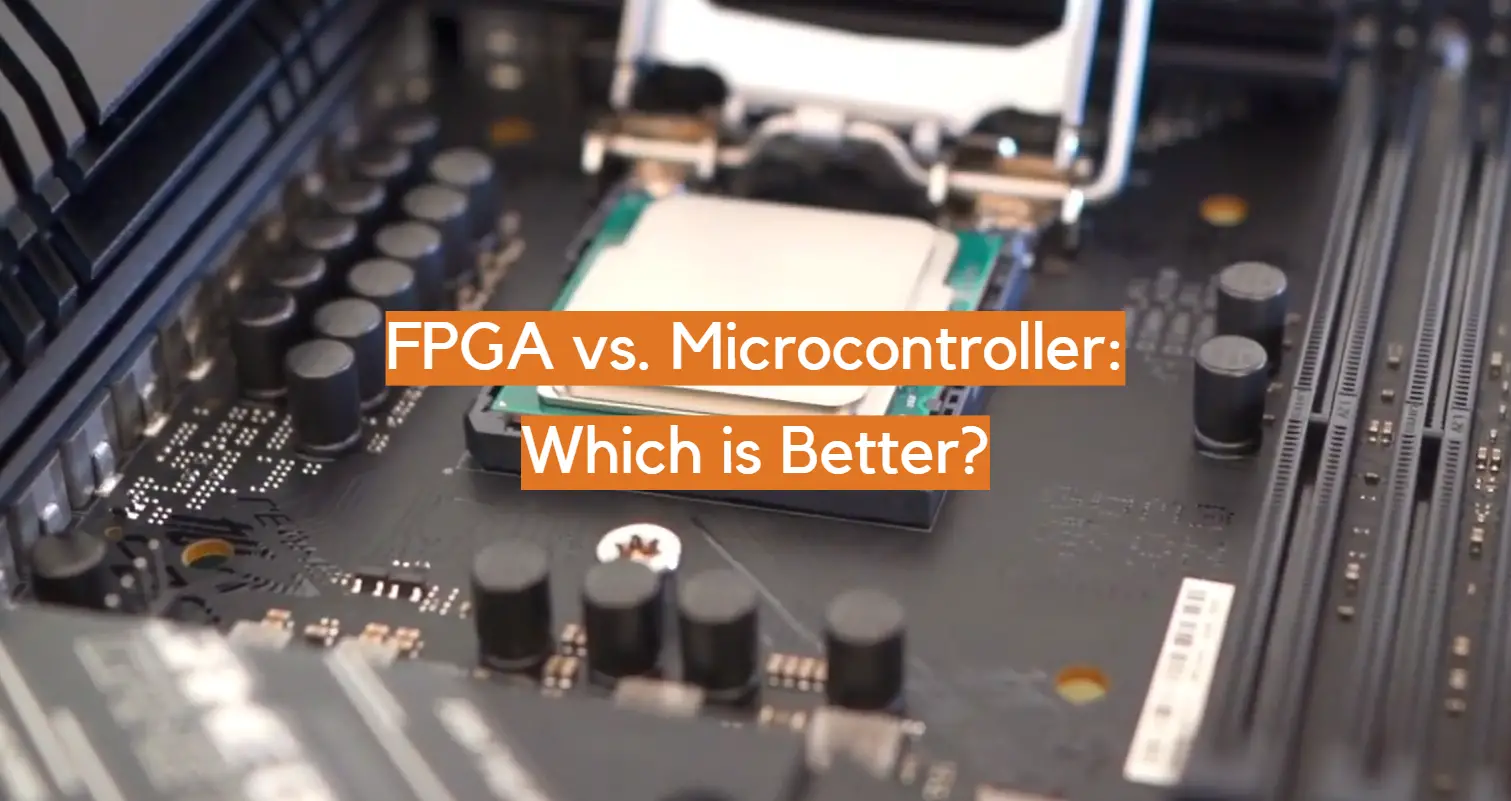





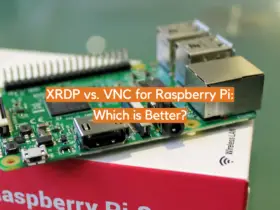

Leave a Reply